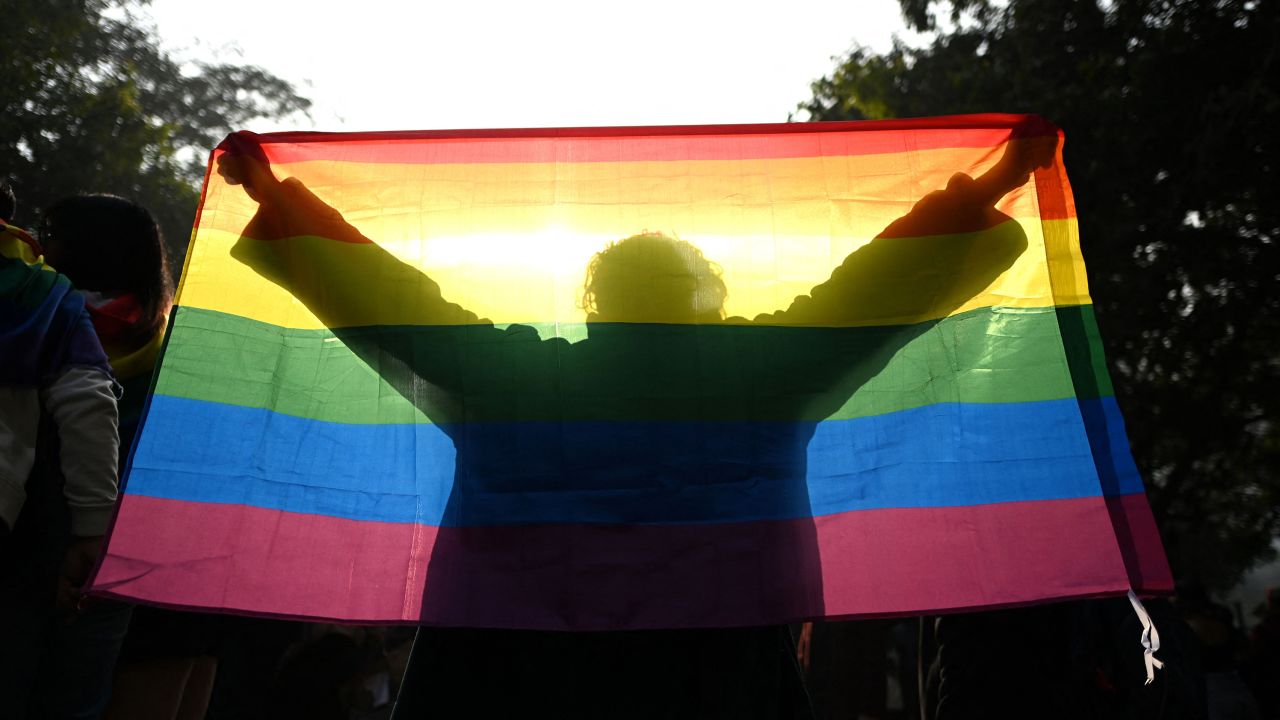Media sensitisation is essential when reporting on transgender individuals because it promotes accurate, respectful, and responsible portrayals of their experiences. Here are some reasons why media sensitisation is crucial in reporting on trans people:
Media is an extremely important component being the third pillar of democracy. It enables the promotion of accurate, respectful and responsible media portrayal of trans people. Media plays an equally important role in providing a focus on what to think about and also helps break the cluster between what is important and what isn’t.
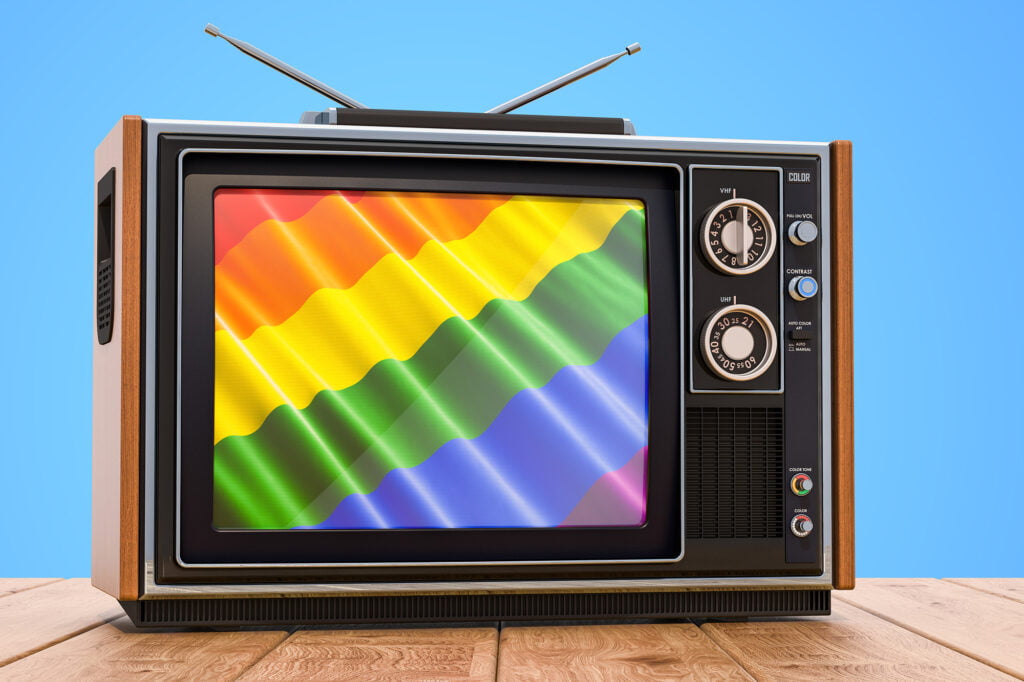
Any misinformation might lead to an increase in violence, discrimination or even can be harmful to the individuals. The power of the media to shape the informational landscape of particular news is incredibly large which is why often the turn for negotiation is in the hands of the media.
As much as the credibility of the media’s insensitive approach towards reporting is considered in today’s time, there is also rising concern about its impact of it on the increase in violence.
Any misinformation might lead to an increase in violence, discrimination or even can be harmful to the individuals. The power of the media to shape the informational landscape of particular news is incredibly large which is why often the turn for negotiation is in the hands of the media.
The historical struggle of the community to obtain freedom, liberation and rights has been an uphill fight for decades. Especially took a peak jump during the 2000s when activists, lawmakers and opinion leaders started bundling up issues faced by the community for all these times.
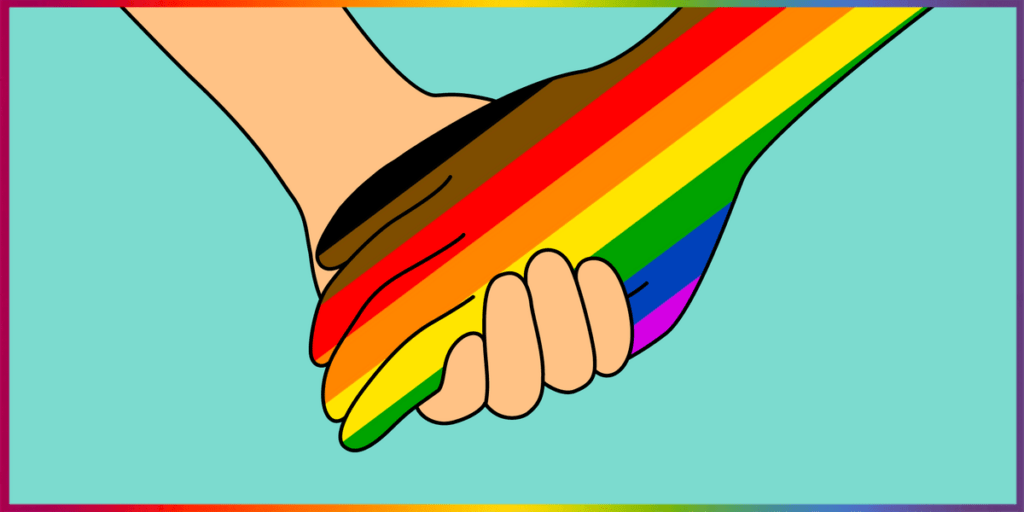
Representation of the story correctly where correctly is not limited to grammar or words but to engaging critically in building a space for conversation beyond the binary. Media and its institutions either lack interest or resources to hold a dialogue between people belonging to the community to understand concerns better.
The Trans Act of 2019 doesn’t hold any opinion or claim any legal offences for institutions trying to harm the dignity and freedom of the community people. By far the question still arises, as an institution, how successfully are media places being able to bring more harm than safety and plurality?
Enhancing the importance of education for the community also requires an inclusive space offering safety, security and respect. Countering this discussion while it is also necessary to know how much would educational spaces be able to hold when the rest of the world speaks a different language. In this cruciality of creating an environment, the autonomy of trans people should remain intact and concrete in their interaction with any media institution. The growing rate of social media has only added to the existing issue where the diverse range of opinion has seen gone off track for multiple trans people.
Perpetration of information aligning with particular emotions, community, religion, and cultural norms has been a commonly seen form of reporting in recent times.
This also hampers the intersectionality and identities associated with a trans person including their caste, class, race and religious identities.
1. Information on the gender or sexual identity of the individual
The first question that needs an eyebrow raised is understanding if the information we are delivering requires them to disclose their identity. If yes, why and how? If it is not important for the report or story, it is better to refrain from disclosing the identity.
Pulling out a sensitive report is also about knowing and gathering nuances towards the queer person and their needs and expectations from a particular story.
In the race for time and delivery, the print running at a high volume of competition in media outlets, and there is a significant failure to emphasise quality with quantity. The empirical data to back this argument is also undermined due to the extremely large volume of transactions within and outside the system.
2. Be mindful of pronouns
There is no one way to consider someone an ally or part of the community, there is no certain way to look. Such thoughts are often from our biases of coming from a binary society. This is why, it is essential to understand the importance of pronouns, value the necessary element of trigger warning and also be empathetic and able to accept language default.
It is fine to get it wrong but at the same time, it is also equally necessary to accept the mistake and not repeat the same while addressing the person with their preferred pronoun, asking about their level of comfort in sharing personal information and also getting the draft rechecked by the journalists, writer or researcher Etc.
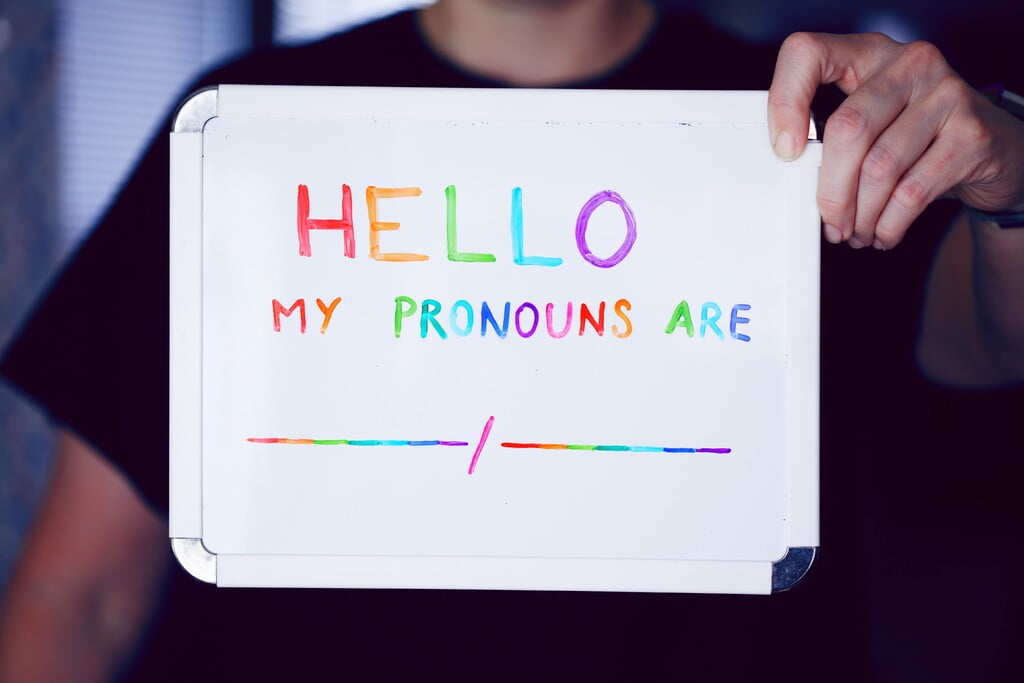
Being considerate, understanding their pronouns if not their identities and knowing what to ask and how much to ask is a decent form of primary precautions that can be taken.
3. Language media needs to use
Language is a primary form of communication whether be it verbal or written. The need to go through existing resources not only adds value to the organisation but also adds accurate information about the queer individual. This leads to bringing up more inclusive treatment of the community people by the regular audience to develop understanding.
Trans person, Queer person, or Lesbian person is an adjective and not a noun. Using the needed intervention in most journalist spaces often fails to address this concern. It also means to humanise the entire community with purpose relentlessly through sensible reporting.
Mixing up words like transsexual and transgender is not a new or rare form of mistake. This also leads to our ability to do some basic research before any interaction with people from the community.
Trans person, Queer person, or Lesbian person is an adjective and not a noun. Using the needed intervention in most journalist spaces often fails to address this concern. It also means to humanise the entire community with purpose relentlessly through sensible reporting.
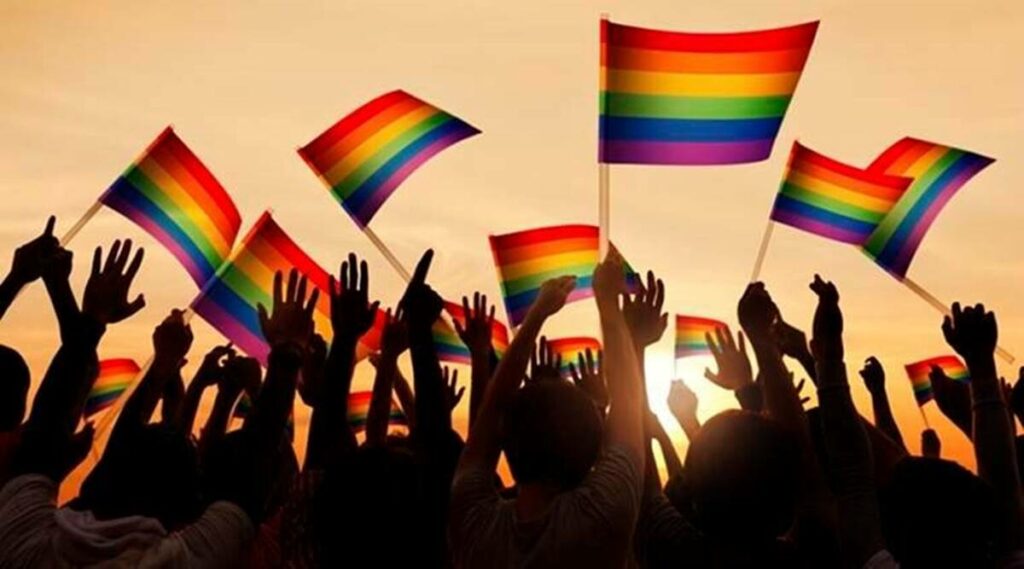
As a report states by OXFAM 2022, most of the media institutions are ruled by upper-caste, upper-class people. This is also a growing concern on how else could we make these spaces reliable and also help develop their horizon of knowledge and sensitisation on sex, gender and sexuality. Which is mostly the baggage of the people belonging to the community and similarly navigating, and addressing the social responsibility which perhaps should have been the work of media people and not the community people.
The use of terminologies like Eunuch, and Hijra only takes away the exact purpose of taking up the story which is to help offer space for building capacity. Every transgender person doesn’t identify as Hijra which is why we need to understand the difference to make the work more personalised, refined and detailed.
4. Diversity and inclusion
Spaces which has recently created new fodder for diversity and inclusion and is committed to hiring people, need to find a space to reach out. Constant attention to those spaces to be questioned in the hiring process should be made accountable. The concept of constantly checking the vitality of the work, and intensity will hold more responsibility through the assistance of media.
Paying money to disclose information about life, their journey and their company should also be prohibited immediately after request.
5. Consent
More often we see, in public spaces, reports are being generated, and copies are being shared with the help of news. However, the level of competition, needs and the fight to stay in the market has also led to the question around consent. More often than not, consent is not considered a widely accepted procedure in journalism and it was criticised but if there is a way you can dodge the picture, then why not?
It must be an essential way to write, rewrite and publish then publish a picture of a person who was unwilling to be a part of such shenanigans.
More often than not, consent is not considered a widely accepted procedure in journalism and it was criticised but if there is a way you can dodge the picture, then why not?
Otherwise, this also led to an increase in hatred towards negative media reporting and a decrease in media credibility.
6. Intention and ideation
At times the deadlier part of any story might highly rely on the intention and ideation of it. It is important that both ideations of a story should be backed by the right intention and if any of this misses out on the point, the story might turn out harmful.
No information about the individual should be taken and used in the report without their consent as the identity of a transperson is not always publicly known. It can vary from person to person and also the amount of risk it might involve in disclosing their identity to society.
The gathering of story, story angle and executing it might be positive but at the same time but to avoid using words like machismo, she was a he, she felt like a man always creates more ruckus than simplify.
It only portrays the desperate attempt of media outlets to look inclusive without the appropriate and adequate sense of action to protect that intention.
About the author(s)
Ritwik is a northeastern Bahujan who has been a journalist for 2 years. He has also been a UN fellow for the year 2021-22. He has worked on several papers like writing about reportage in broadcast media on women impacted by floods in the northeast. He is currently working on queer representation in the regional press of Assam. Most of the work focused on gender, sexuality, intersectionality, climate change, marginalised and vulnerable communities and data journalism.
He has been a contributing writer at Youth ki Awaaz, Feminism in India and Swaddle for the last 4 years.
